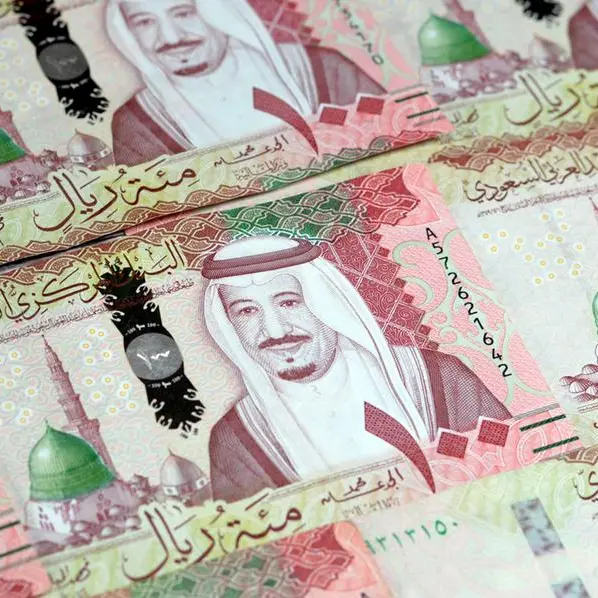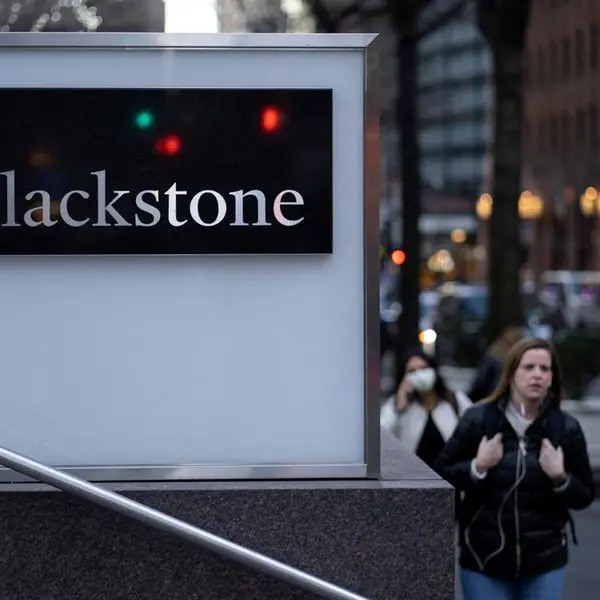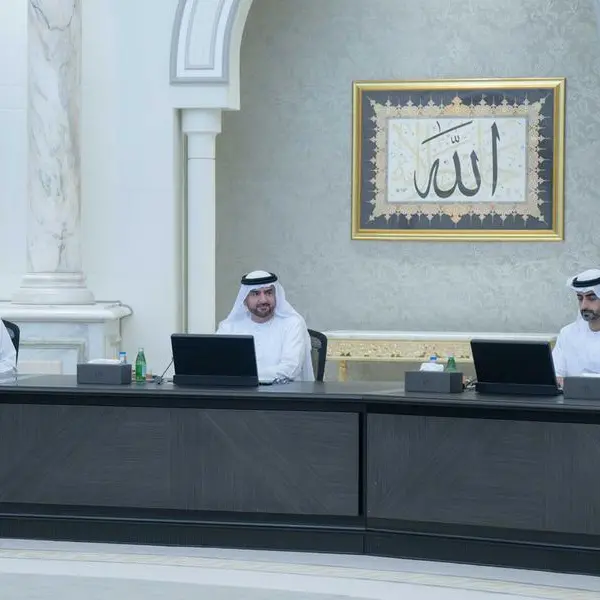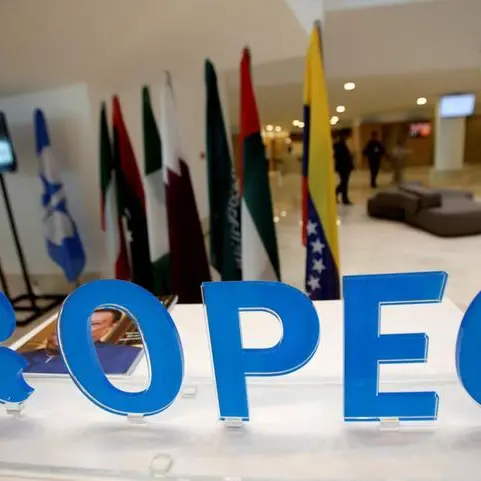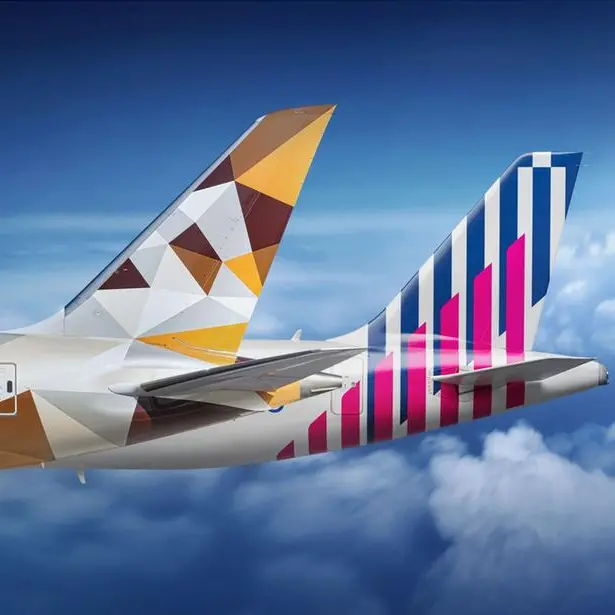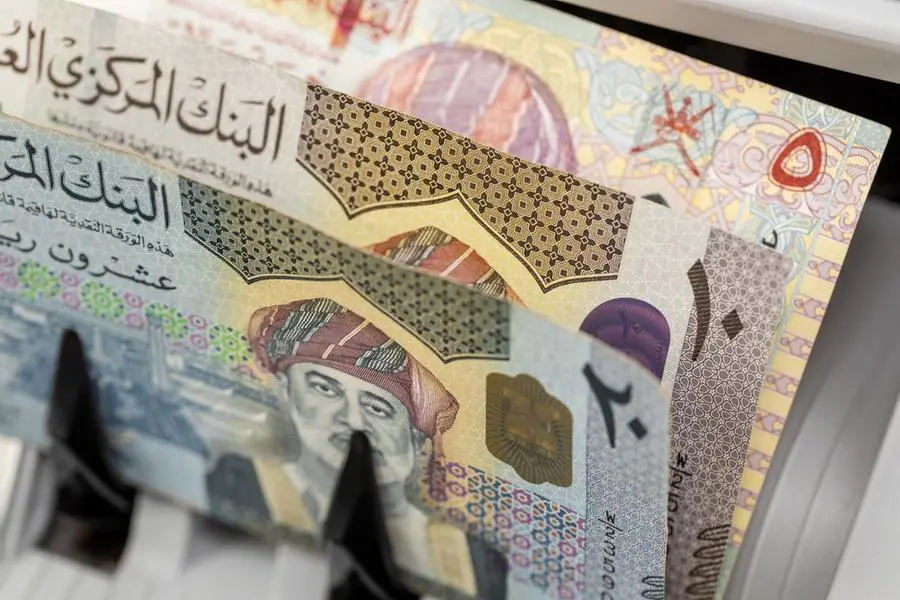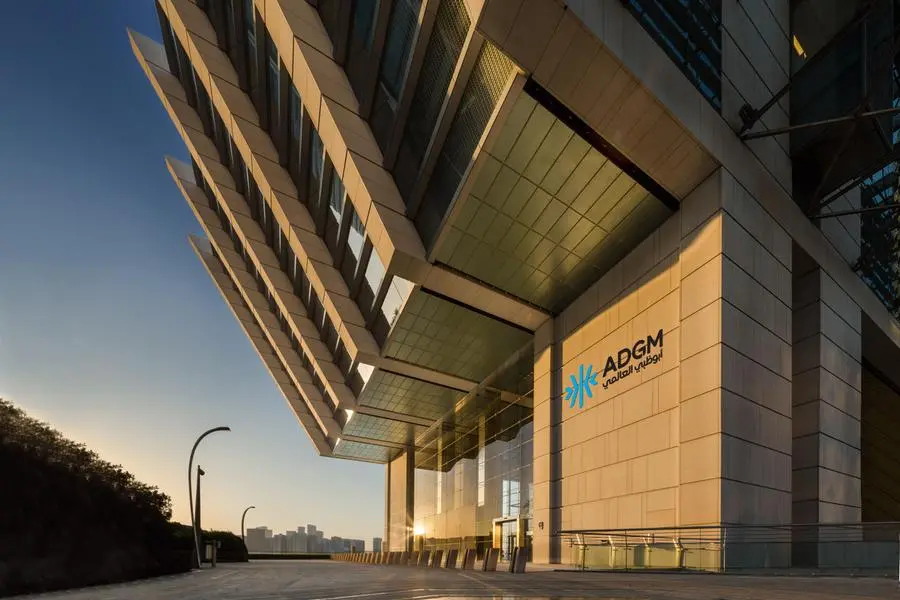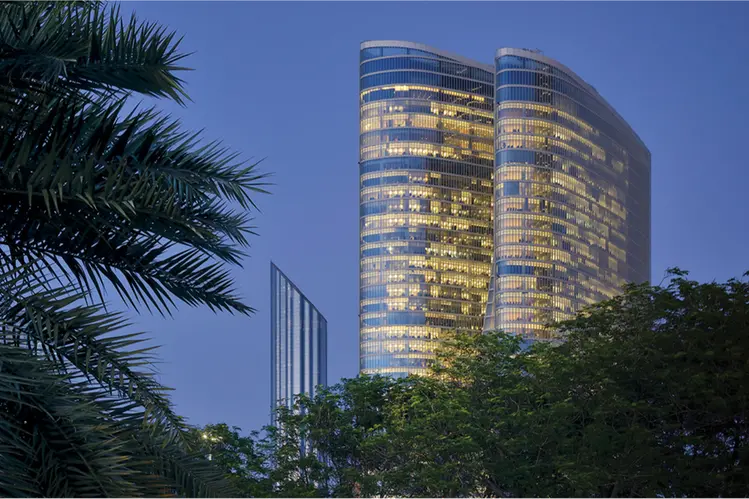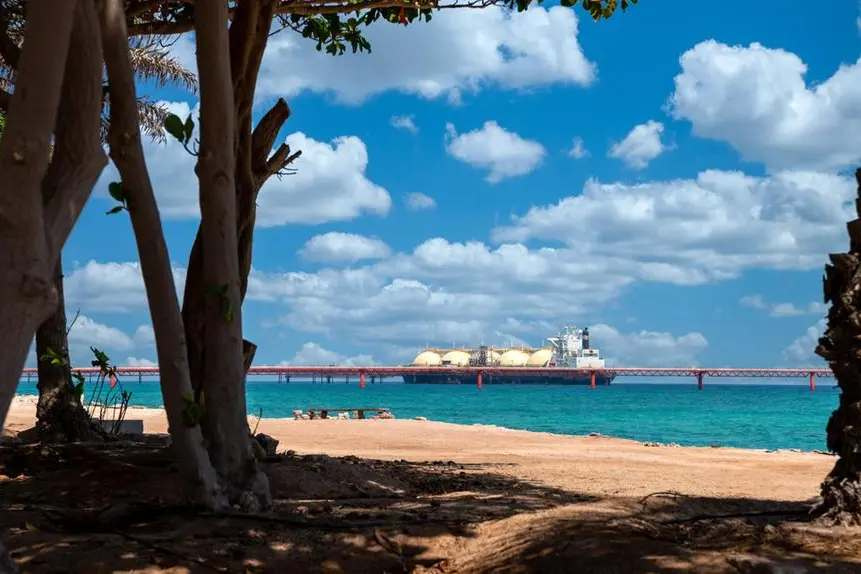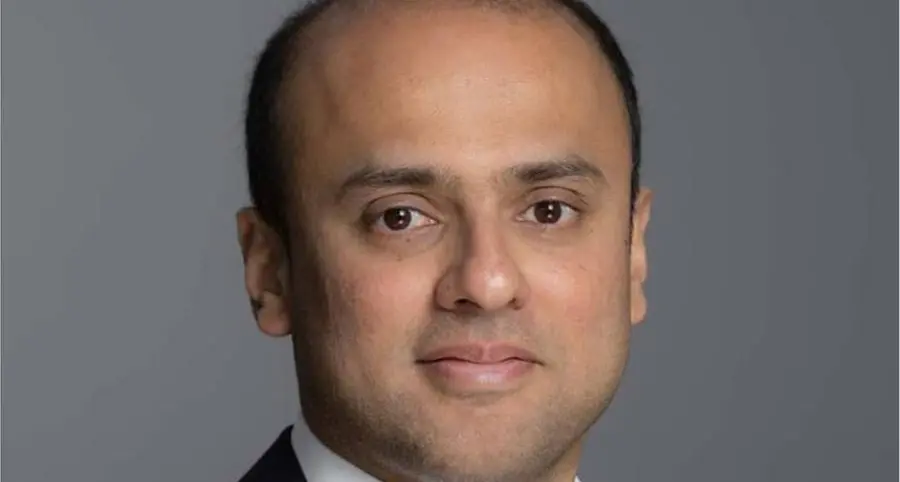Tourism has long been one of the key foreign exchange earners in Senegal, and while slowdowns in major source markets have lowered revenues in recent years, the government is looking to revive the industry through an expenditure commitment of CFA62bn (€93m) over the next 14 months.
The recent merging of the tourism and air transport ministries into a single portfolio, which has been handed to newly appointed minister Oumar Gueye, should also allow for a more streamlined approach to reforming the sector and improving performance. The close correlation between air services and tourism in pursuit of boosting the numbers is a strategy that has borne results in many parts of the world, especially Dubai and Turkey. Gueye has set a goal of 1.5m visitors by 2015, up from 875,000 visitors in pre-crisis 2007.
In 2012, the top sources of foreign visitors were France, comprising 43.7% of total visitors (194,609), followed by the US with 3.9% (17,514) and Belgium with 3.5% (15,600). Visitors from other African countries have contributed as much as a quarter of non-resident arrivals in previous years.
Foreign visitors looking elsewhereSenegal has many natural attributes that would support a vibrant leisure tourism sector, including a mild climate and 700 km of beaches along the Petite Côte and Cap Skirring, and it hosts a number of regional headquarters for foreign organisations and companies, providing a sizable base for business visitors. The industry is the second-largest foreign exchange earner and in 2011 accounted for 6.3% of total employment.
Despite these advantages, however, the sector has stagnated. According to the National Agency of Statistics and Demographics, the number of tourists entering the country at Léopold Sédar Senghor (LSS) International Airport in Dakar fell by 1.2% between 2011 and 2012, to 444,432, following a 3% decline from 2010 to 2011. The World Bank reports that total air passengers to Senegal [as opposed to purely tourists] decreased to 543,988 in 2012, from 572,609 in 2009. Meanwhile, the Senegalese Directorate of Economic Studies and Projections (Direction de la Prevision et Des Etudes Economiques, DPEE) says that hotel and restaurant sector revenues declined by 3% in 2012.
The initial indications are that 2013 has also been a difficult year. The DPEE reported a 35.8% decline in tourists entering through LSS Airport in the high-season month of January, compared to January 2012, the most recent figures that are publicly available.
New fees and taxesThere are a number of factors behind the moderated performance of the tourism sector, both external and internal.
One of the key exogenous challenges has been the slowdown in major source markets like France and the US, which have seen households in those countries curtail discretionary spending. The drop in visitor figures has not just affected Senegal, but has hit a number of markets across the continent, including Morocco and South Africa.
In addition, high airport taxes and fees have meant increased transport costs for visitors. Senegal has raised its airport taxes in recent years, in part to pay for the new CFA200bn (€305m) Blaise Diagne International Airport being constructed south of Dakar. Arrival tariffs, for example, increased 50%, from CFA20000 (€30) to CFA30000 (€46). The government expects the new airport, which will largely replace the overburdened LSS, to open in 2015, which may provide an opening to lower the taxes and landing fees.
New visa requirements introduced in July this year have also made entry requirements more burdensome for potential visitors. Visitors from countries that require visas for Senegalese citizens, including Europe and the US, are now required to obtain a €50 biometric visa to enter the country. Tourism operators worry that the prohibitive cost of the visa and the complicated documentation requirements will deter visitors. Gueye recently countered that the new visa will not be an obstacle to tourism as long as the application process is "well-oiled".
Broadening the scope of offeringsOthers in the sector are urging efforts to diversify away from beach and seaside attractions, where Senegal competes with lower-cost Morocco and the other Mediterranean countries, in favour of eco-tourism and the promotion of unique attractions, such as one of the world's largest bird sanctuary in Djoudj, and cultural sites, including former slave trading outpost Gorée Island. Senegal's state-owned tourism developer, the Society for the Promotion and Development of the Coast and Tourism Zones of Senegal (Societe d'Amenagement et de Promotion des Côte et Zones Touristiques du Sénégal, SAPCO) recently stressed that diversifying the tourism base would help the local industry reduce its dependence on large international tour operators.
"We have in Senegal tourist offerings other than beaches, but in order to exploit them we need to actually succeed in pushing tour operators towards offerings we want to develop in Senegal," Aliou Gningue, the director of SAPCO, told local press in late September. A number of initiatives have been launched to target niche tourism, including a trio of eco-villages in Casamance, with CFA30bn (€46m) worth of funding from the World Bank, but it will be some time before the projects bear fruit.
With an improving economic outlook in Senegal and a new government, there are plenty of opportunities for the country to regain its footing in the tourism sector. By addressing the factors weighing on the industry in the short term, and boosting investments in promotion and infrastructure, the government can make significant strides in positioning the sector for future growth.
© Oxford Business Group 2013
